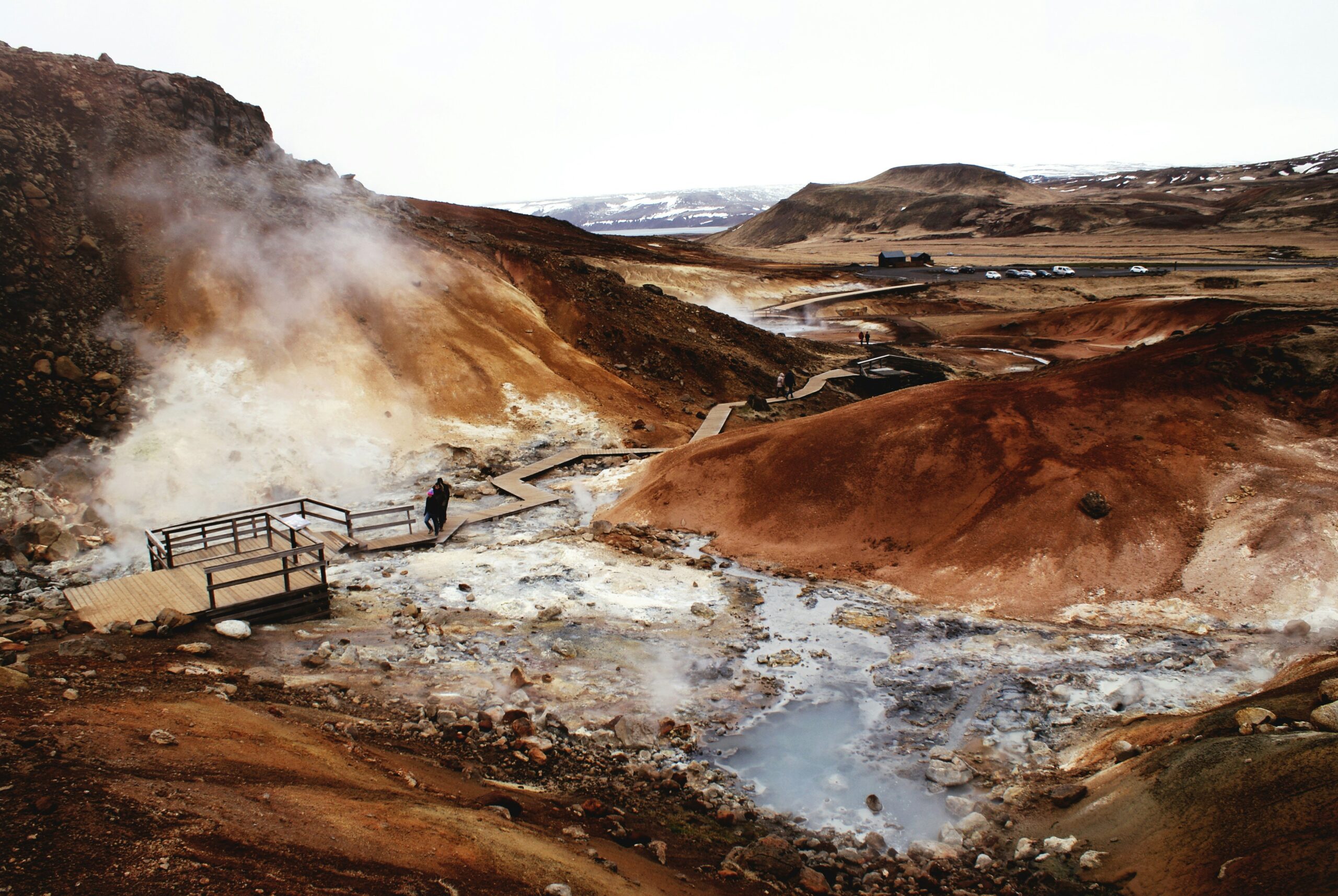
Mining has historically fueled economic growth and technological advancement, providing the raw materials needed for construction, energy, transportation, and digital connectivity. Yet as global priorities shift toward sustainability and resource efficiency, the way the world approaches mining is being fundamentally rethought. This transformation is driving not only environmental and social improvements but also significant economic impacts—both in the boardroom and on the ground. The evolution of global mining strategies is shaping new opportunities, challenges, and pathways to prosperity.
Investment Flows and Market Confidence
A more sustainable and innovative approach to mining is attracting a new wave of investment. Major financial institutions and private equity groups increasingly look to back companies with strong environmental, social, and governance (ESG) profiles. Transparent practices, reduced environmental risks, and proactive stakeholder engagement are now vital for maintaining investor confidence and securing favorable financing terms. As a result, mining companies are incentivized to upgrade equipment, adopt clean technologies, and implement best-in-class management systems.
Countries with progressive mining regulations and a commitment to sustainable development are also seeing increased foreign direct investment. By aligning national policies with global sustainability standards, these nations can attract international partners, enhance their reputation, and boost their share of the growing market for responsibly sourced minerals. The economic rewards for forward-thinking strategies are significant, while those lagging behind risk missing out on vital capital and market access.
New Jobs and Skills for Local Communities
As mining strategies modernize, the types of jobs and skills in demand are shifting. Automation, digitalization, and green technologies are creating roles for data scientists, automation engineers, environmental technicians, and renewable energy specialists. These higher-skilled positions often offer better pay, improved working conditions, and more stability compared to traditional manual labor.
Furthermore, companies are investing more in workforce development and education for local communities. Programs that train residents in new technologies, safety protocols, and environmental stewardship ensure that the benefits of mining are shared more widely. In regions where mining is a primary economic driver, these changes can uplift communities, promote social mobility, and foster a new generation of skilled workers equipped for the 21st-century economy.
Supply Chain Stability and Global Trade
As the world transitions to renewable energy and electric vehicles, demand for minerals like lithium, cobalt, and copper is soaring. Rethinking mining strategies to focus on sustainable sourcing, traceability, and ethical practices strengthens supply chain resilience and ensures long-term access to these critical resources.
Robust, transparent supply chains help mitigate risks from geopolitical tensions, regulatory shifts, and environmental incidents. Certification schemes and digital tracking systems are becoming standard, reassuring downstream industries and end consumers alike. This stability supports export revenues, strengthens trade partnerships, and gives mining nations a competitive edge in the global economy.
Stimulating Innovation and Economic Diversification
Modernizing mining isn’t just about extracting resources more efficiently—it’s about leveraging technology and innovation to create new economic opportunities. Advancements in automated mining equipment, real-time monitoring, and waste recycling are reducing costs, minimizing environmental harm, and opening the door to entirely new business models. Secondary industries—such as mineral processing, recycling, and equipment manufacturing—can flourish alongside sustainable mining, fostering broader economic diversification.
Regions traditionally dependent on mining can use this moment of transition to develop other sectors, such as clean energy, tourism, and environmental services. Diversification reduces vulnerability to commodity price fluctuations and builds a more resilient, dynamic local economy. As countries and companies invest in research and innovation, they create value far beyond the mine itself.
Overcoming Transition Costs and Social Hurdles
Transforming the mining sector is not without challenges. The adoption of new technologies and environmental standards requires substantial capital and can disrupt established ways of working. In some areas, automation may lead to job losses, particularly for workers in lower-skilled roles. Addressing these concerns means investing in retraining, supporting small businesses, and engaging meaningfully with affected communities.
A just transition is possible when governments, companies, and civil society collaborate to ensure that no one is left behind. Policies that support inclusive growth, safeguard workers’ rights, and promote equitable development are essential to realizing the full economic benefits of reimagined mining strategies.
Building a Sustainable Economic Future
The economic impact of rethinking global mining strategies is complex and far-reaching. Done right, it can unlock fresh investment, spur innovation, stabilize supply chains, and create better jobs, while reducing harm to people and the planet.
By embracing change, investing in people, and committing to sustainable progress, the mining industry can be a powerful engine for economic opportunity in a changing world. The future belongs to those who are bold enough to reimagine mining—not just as a source of raw materials, but as a cornerstone of inclusive, responsible prosperity.